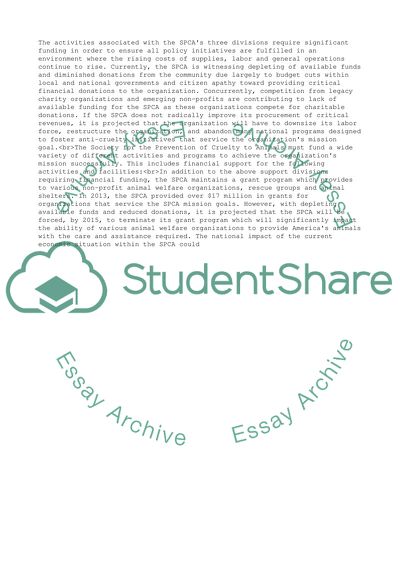Cite this document
(“SPCA Fundraising event Coursework Example | Topics and Well Written Essays - 5000 words”, n.d.)
SPCA Fundraising event Coursework Example | Topics and Well Written Essays - 5000 words. Retrieved from https://studentshare.org/business/1663280-spca-fundraising-event
SPCA Fundraising event Coursework Example | Topics and Well Written Essays - 5000 words. Retrieved from https://studentshare.org/business/1663280-spca-fundraising-event
(SPCA Fundraising Event Coursework Example | Topics and Well Written Essays - 5000 Words)
SPCA Fundraising Event Coursework Example | Topics and Well Written Essays - 5000 Words. https://studentshare.org/business/1663280-spca-fundraising-event.
SPCA Fundraising Event Coursework Example | Topics and Well Written Essays - 5000 Words. https://studentshare.org/business/1663280-spca-fundraising-event.
“SPCA Fundraising Event Coursework Example | Topics and Well Written Essays - 5000 Words”, n.d. https://studentshare.org/business/1663280-spca-fundraising-event.


